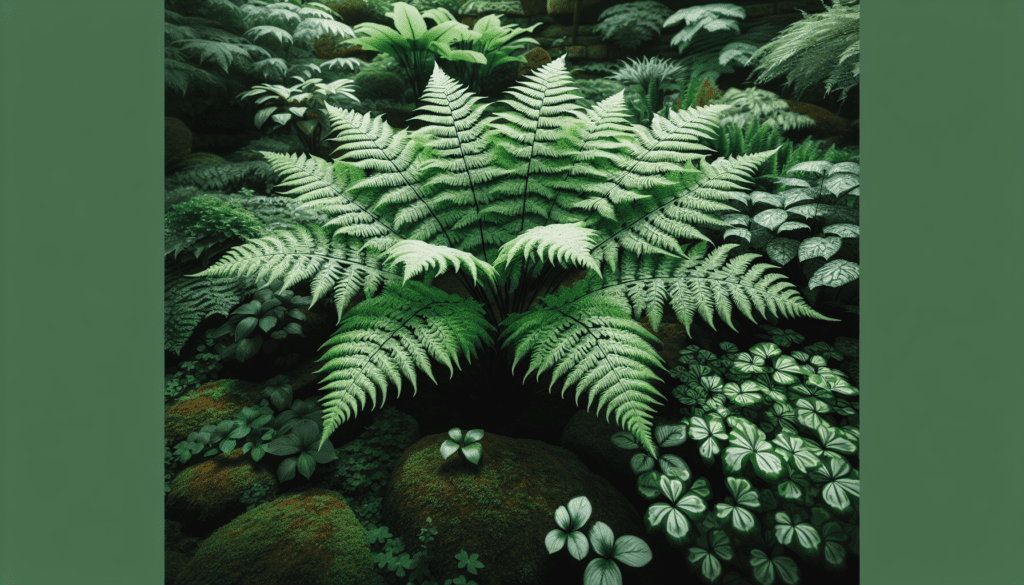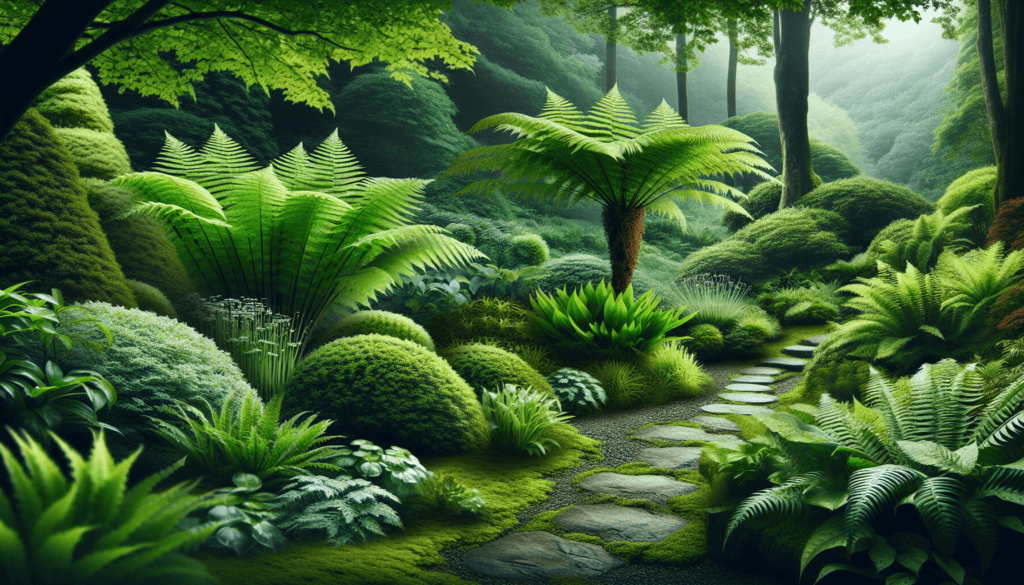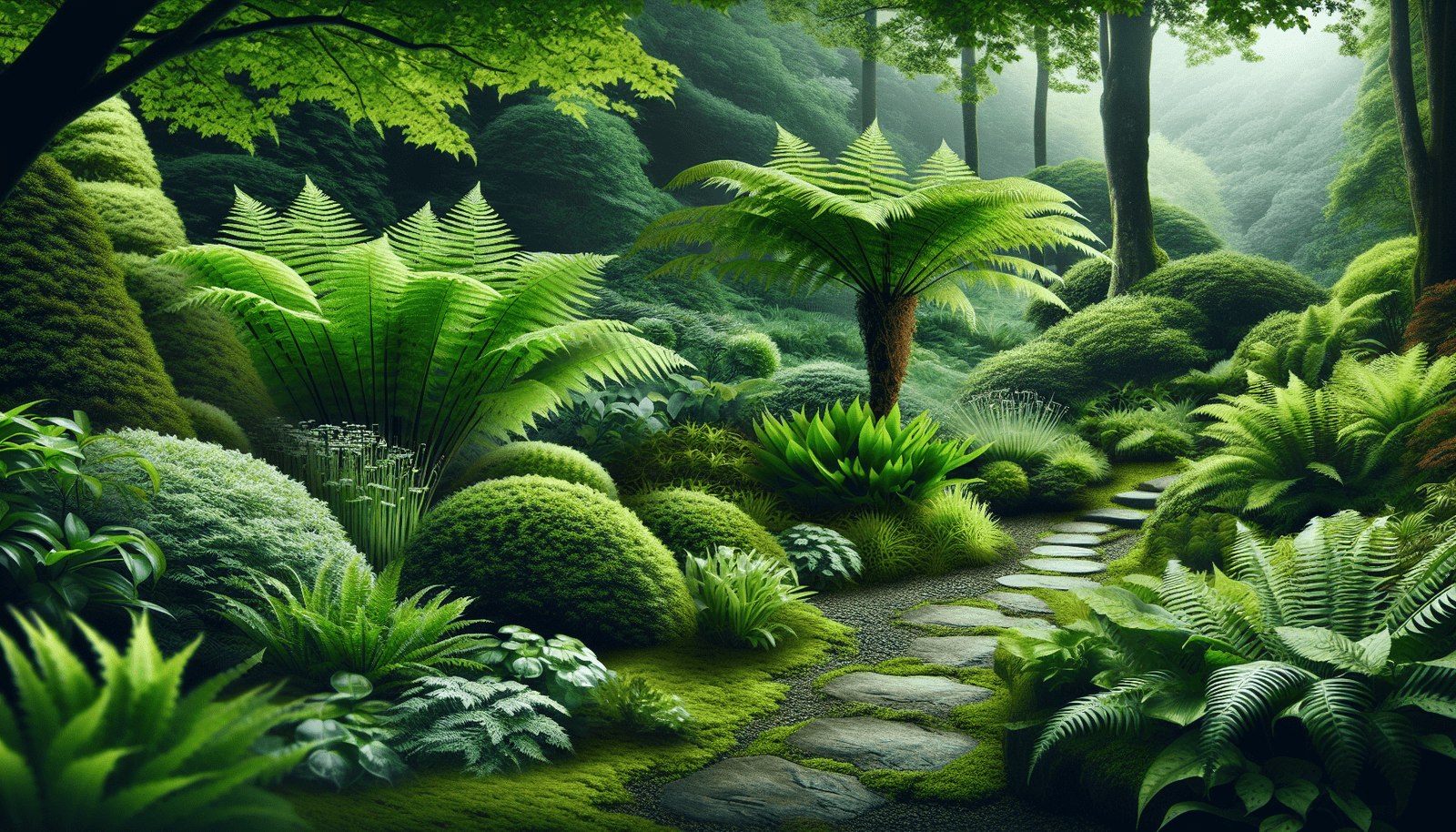Welcome to the wonderful world of shade gardening! In this article, you will discover the top plants that thrive in shady areas, adding beauty and greenery to your outdoor space. From colorful impatiens to elegant hostas, you will learn about a variety of plant options that will flourish in the shadows. Say goodbye to bare patches and hello to a lush, vibrant shade garden with these top plant picks!
The Best Plants For A Shade Garden
Are you struggling to find the right plants for your shaded garden? No need to worry! In this article, we will discuss the best plants that thrive in shady areas to help you create a beautiful and thriving garden space.

Understanding Shade Gardens
Before we dive into the best plants for a shade garden, let’s first understand what a shade garden is. A shade garden is an area that receives limited direct sunlight during the day. This can be due to big trees casting shadows, buildings blocking sunlight, or any other factors that restrict sunlight exposure.
Shade gardens can range from partial shade, where plants receive a few hours of direct sunlight, to full shade, where plants don’t receive any direct sunlight at all. It’s essential to consider these factors when selecting plants for your shade garden to ensure they thrive in the environment.
Plants for Partial Shade
Partial shade gardens are areas that receive a few hours of direct sunlight each day. This type of garden can be found under trees with dappled sunlight or along the east or west-facing sides of buildings. Here are some plants that thrive in partial shade:
| Plant Name | Sunlight Requirement | Bloom Time | Height |
|---|---|---|---|
| Hostas | Partial Shade | Summer | 8-36 inches |
| Astilbe | Partial Shade | Late Spring | 12-24 inches |
| Bleeding Heart | Partial Shade | Spring | 12-24 inches |
| Ferns | Partial Shade | N/A | Varies |
Partial shade gardens offer a balance of light and shade, allowing for a variety of plants to thrive. Consider incorporating a mix of flowering plants, foliage plants, and groundcovers to create a visually appealing garden space.

Plants for Full Shade
Full shade gardens are areas that do not receive any direct sunlight. These areas can be challenging for plants to thrive, but there are several shade-loving plants that can add interest to your garden. Here are some plants that thrive in full shade:
| Plant Name | Sunlight Requirement | Bloom Time | Height |
|---|---|---|---|
| Hostas | Full Shade | Summer | 8-36 inches |
| Lenten Rose | Full Shade | Late Winter | 12-18 inches |
| Solomon’s Seal | Full Shade | Spring | 12-36 inches |
| Japanese Forest Grass | Full Shade | Summer | 12-24 inches |
Full shade gardens can be transformed with the right selection of plants. Consider incorporating a mix of textures, heights, and bloom times to create a dynamic and interesting garden space.
Shade-Loving Perennials
Perennials are plants that live for more than two years and return each season. They are a popular choice for shade gardens as they require minimal maintenance once established. Here are some shade-loving perennials to consider:
1. Hostas
Hostas are a favorite perennial for shade gardens due to their attractive foliage and low maintenance requirements. They come in a variety of sizes, colors, and textures, making them versatile plants for any garden space.
2. Astilbe
Astilbe is known for its feathery plumes of flowers that bloom in shades of pink, white, and red. They are great for adding a pop of color to shady areas and are also deer resistant, making them a great choice for gardens with deer.
3. Bleeding Heart
Bleeding Heart is a classic shade perennial that produces heart-shaped flowers in shades of pink and white. They add a romantic touch to garden beds and are great for attracting pollinators like bees and butterflies.
4. Lenten Rose
Lenten Rose, also known as Hellebore, is a winter-flowering perennial that brightens up shady areas with its nodding flowers. They come in a variety of colors and are deer resistant, making them a low-maintenance choice for shade gardens.
Shade-Loving Annuals
Annuals are plants that live for only one growing season and need to be replanted each year. They are a great way to add seasonal color and interest to shade gardens. Here are some shade-loving annuals to consider:
1. Impatiens
Impatiens are one of the most popular annuals for shade gardens due to their bright and cheerful flowers. They come in a variety of colors and are great for adding color to shady areas where other plants struggle to thrive.
2. Begonias
Begonias are another popular choice for shade gardens thanks to their colorful flowers and attractive foliage. They come in various sizes and colors, making them versatile plants for containers, borders, and hanging baskets.
3. Torenia
Torenia, also known as Wishbone Flower, is a charming annual with trumpet-shaped flowers that bloom in shades of blue, pink, and purple. They are great for adding a pop of color to shaded areas and are attractive to hummingbirds.
4. Coleus
Coleus is a colorful annual plant with variegated foliage that thrives in shade gardens. They come in a wide range of colors and patterns, making them perfect for adding interest to shady borders or containers.
Tips for Planting in Shade Gardens
Planting in shade gardens can present unique challenges, but with proper planning and care, you can create a thriving garden space. Here are some tips for planting in shade gardens:
1. Know Your Shade Levels
Before selecting plants for your shade garden, it’s essential to understand the shade levels in your garden. Determine whether your garden receives partial shade, full shade, or dappled shade to ensure you choose plants that will thrive in the environment.
2. Choose the Right Plants
Select plants that are well-suited to shade conditions, such as hostas, ferns, and astilbe for partial shade gardens, and Lenten Rose, Solomon’s Seal, and Japanese Forest Grass for full shade gardens. Consider the height, texture, and bloom time of plants to create a visually appealing garden space.
3. Provide Adequate Watering
Shade gardens often have moist soil conditions, making them prone to fungal diseases. Ensure proper drainage by amending the soil with organic matter and avoiding overwatering. Water plants at the base to prevent moisture-related issues and promote healthy root growth.
4. Mulch Regularly
Mulching is essential in shade gardens to retain moisture, suppress weeds, and insulate plant roots. Apply a layer of mulch around plants to help regulate soil temperature and reduce water evaporation. Use organic mulch like bark chips, shredded leaves, or compost for the best results.
5. Monitor Light Levels
Shade conditions can change throughout the day, depending on the position of the sun and surrounding structures. Monitor light levels in your shade garden to understand how much sunlight plants are receiving and adjust their placement accordingly to ensure they thrive.
In Conclusion
Creating a beautiful and thriving shade garden is possible with the right selection of plants and proper care. By choosing shade-loving perennials and annuals, understanding shade levels, providing adequate watering, and monitoring light levels, you can transform your shaded garden into a vibrant and colorful oasis. So go ahead and start planning your shade garden today!

